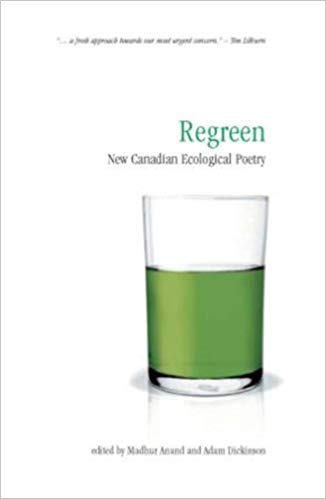
In 1972, my parents loaded my brother and me into our Ford station wagon and we spent the summer on a road trip that took us through a good chunk of North America. Our first stop was Sudbury. In a box somewhere, there are family photos of us posing in front of the big Nickel. That was the year Inco finished construction of the superstack to disperse sulphur gases and other wastes from its nickel smelting operations at the Copper Cliff facility. “Disperse” is a polite way of saying: dump the gas in someone else’s back yard. Since that early visit, I have a persistent mental image of Sudbury as a wasteland. I connect industrial processes with death. In fact, two years ago, on another road trip, my wife and I avoided Sudbury. Why bother visiting a wasteland? Evidently I haven’t been paying attention. After Brazil-based Vale purchased Inco, they embarked on a program of reclamation that included planting three million trees and, in 1992, earned an award from the UN. People are amazed at how quickly the wilderness has come back.
It is against this backdrop that Madhur Anand and Adam Dickinson have edited/curated Regreen: New Canadian Ecological Poetry. While the greatest part of the poetry speaks to the landscape of Sudbury and northern Ontario (the publisher is Sudbury’s Your Scrivener Press), it includes poets from across the country and concerns from other regions.
It would be easy to select poetry that assumes a prophetic/righteous/angry tone, especially in light of the Harper government’s policies around exploitation of the Alberta tar sands and dismantling of environmental controls. However, Anand and Dickinson have made selections that frame things in positive terms. The story of Sudbury sets the tone. As the title indicates, environmental disasters take a back seat to hope and a will-to-action. We have it in us to heal the land. We can change things for the better.
In their introductions, there are a couple concerns that Anand and Dickinson tease out/make explicit that are worth carrying with us, not only as we read this anthology, but as we read more generally in Canadian poetry. The first concern is the presence of the “wilderness” and untamed spaces in the mythology that skulks through Canadian letters. From Susanna Moodie’s Roughing It In The Bush down to Margaret Atwood’s Surfacing, the wilderness has appeared as much as a mental landscape as a physical reality. The wilderness is other. It is a threatening place to be mastered and subdued. I remember school visits to the McMichael Gallery where I was most impressed, not by the paintings, but by the story of Tom Thomson and his mysterious disappearance in Algonquin Park. It was the wildness of Algonquin Park that dominated the imaginative space that we school-children visited as we walked through the Gallery’s safe exhibits.
How do we think of wildness when mastery is no longer an issue? How do we interact with the natural world when we are the threat and it is reduced to an economic problem waiting for our solution?
The second concern might best be described as an ecology of letters. Dickinson cites Lawrence Buell who notes that “the environmental crisis is also a crisis of the imagination.” To the extent that imagination is mediated by words, ecopoets can have a positive role in addressing the crisis by shaping new imaginative spaces. Says Dickinson: “[T]he ecopoem attends to the world-building (and world-effacing) capacities of language as well as to the natural and social worlds in which the poem is situated.” There is a sense in which the poems here are engaged in the task of world-building, or at least of regreening. They present a world in which we are not other, but must reintegrate ourselves with our habitat.
As a final thought, I offer this: while I was in the middle of reading the anthology, I paused to skim an op-ed in the L.A. Times by climate scientist, James Hansen, titled “Keystone XL: the pipeline to disaster.” Never mind what you think of Mr. Hansen, and never mind what you think of the Keystone XL pipeline proposal. Instead, direct your attention to the comments which follow the op-ed. Consider the tone. Consider the hatred. The vilification. The toxicity. The sludge which is a tailing pool of words. There is no better illustration of the claim that the environmental crisis is a crisis of imagination. A restoration of this mental landscape must begin with new words. Words, perhaps, that take a holistic approach to humans in relation to each other, and in relation to the wider world. Regreen: New Canadian Ecological Poetry offers an example of how to go about doing this.